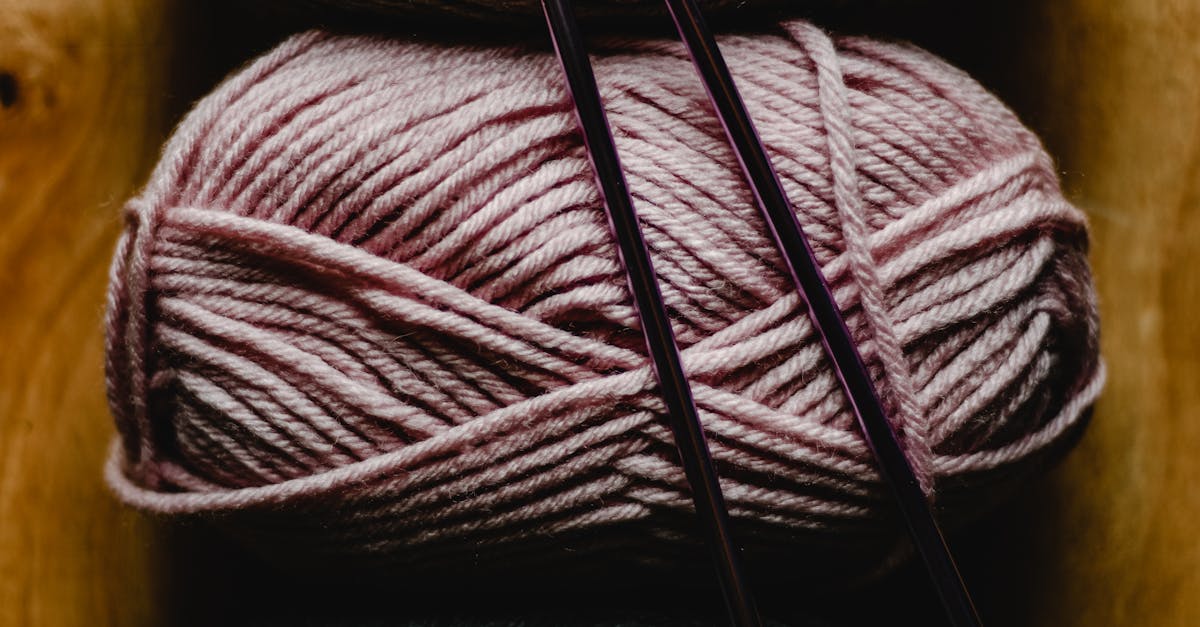Are you a knitting enthusiast looking to turn your passion into a profitable venture? Selling handcrafted knitwear can be a lucrative business opportunity, but it’s essential to understand the pros and cons involved. In this article, we delve into the 17 ultimate pros and cons of selling knitwear, with a focus on popular techniques such as Fair Isle, Intarsia, Cable, and Brioche knit.
### The Pros:
1. **Creative Outlet**: Selling knitwear allows you to express your creativity through intricate patterns and designs, such as Fair Isle’s traditional colorwork or the graphic motifs of Intarsia.
2. **Unique Products**: Handcrafted knitwear stands out for its uniqueness and personal touch, attracting customers who appreciate artisanal creations.
3. **Skill Showcase**: Demonstrating proficiency in techniques like Cable knit or Brioche knit can enhance the value of your products and set you apart from competitors.
4. **Customization**: Offering customized knitwear allows you to cater to individual preferences and create personalized pieces for your customers.
5. **Diverse Market**: Knitwear appeals to a diverse market, ranging from fashion-forward individuals seeking trendy pieces to those in search of cozy winter essentials.
6. **Therapeutic Benefits**: The repetitive nature of knitting can be calming and meditative, offering stress relief and a sense of accomplishment.
7. **Community Engagement**: Selling knitwear can connect you with a community of fellow crafters and potential customers through events, markets, and online platforms.
8. **Sustainable Business**: Handmade knitwear aligns with the growing demand for sustainable and eco-friendly products, attracting environmentally conscious consumers.
9. **Skill Development**: Constantly challenging yourself with intricate techniques like Fair Isle or Intarsia knit can enhance your knitting skills and broaden your expertise.
10. **Seasonal Demand**: Knitwear experiences seasonal spikes in demand during colder months, presenting opportunities for increased sales and seasonal collections.
11. **Personal Fulfillment**: Seeing customers appreciate and value your handmade creations can be immensely rewarding, boosting your morale and passion for knitting.
12. **Internet Accessibility**: Online platforms provide a global reach for selling knitwear, allowing you to showcase your products to a wider audience beyond local markets.
13. **Brand Building**: Establishing a distinct brand identity through your unique knitting style and craftsmanship can foster customer loyalty and brand recognition.
14. **Versatile Product Range**: From cozy sweaters and scarves to stylish accessories, knitwear offers a versatile range of products that cater to different preferences and occasions.
15. **Financial Potential**: Successful selling of knitwear can generate a steady source of income and potentially grow into a full-fledged business with proper marketing and sales strategies.
16. **Networking Opportunities**: Engaging with other artisans, designers, and retailers in the knitting community can open up collaboration opportunities and industry connections.
17. **Passion Pursuit**: Turning your love for knitting into a business allows you to pursue your passion full-time and immerse yourself in a fulfilling and creative endeavor.
### The Cons:
1. **Time-Consuming**: Creating intricate knitwear pieces using techniques like Cable knit or Brioche knit can be time-intensive, affecting production timelines and delivery schedules.
2. **Material Costs**: Quality yarns suitable for Fair Isle or Intarsia knit can be expensive, impacting the overall production costs and profit margins.
3. **Competition**: The market for handmade knitwear is competitive, requiring strategic pricing, marketing, and brand differentiation to stand out amidst other sellers.
4. **Skill Level**: Mastering advanced knitting techniques like Brioche knit may require time and practice, limiting the range of products you can offer initially.
5. **Seasonal Fluctuations**: Demand for knitwear can vary seasonally, leading to slower sales during off-peak periods and the need to manage inventory accordingly.
6. **Market Saturation**: Saturated markets may pose challenges in terms of visibility and customer acquisition, requiring innovative marketing approaches to reach target audiences.
7. **Economic Factors**: External factors such as economic downturns or changing consumer preferences can impact the demand for luxury knitwear, affecting sales and revenue.
8. **Production Constraints**: Scaling up production to meet increasing demand while maintaining quality standards can be challenging for solo artisans or small-scale operations.
9. **Customer Returns**: Dealing with returns and exchanges due to sizing issues or customer preferences can incur additional costs and impact profit margins.
10. **Marketing Efforts**: Effective marketing strategies are essential for reaching potential customers and promoting your knitwear products, requiring time and investment in advertising.
11. **Shipping Logistics**: Managing shipping logistics for online sales, including packaging, tracking, and delivery, adds complexity and costs to the selling process.
12. **Customer Feedback**: Handling feedback, reviews, and customer inquiries, whether positive or negative, requires prompt responses and effective communication skills.
13. **Intellectual Property**: Protect


